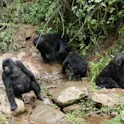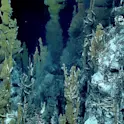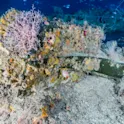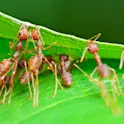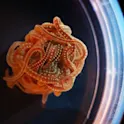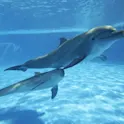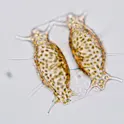
Life sciences
05 Apr 2022
Frontiers in Microbiology welcomes new Field Chief Editor, Prof. Paul D. Cotter
Frontiers in Microbiology warmly welcomes our new Field Chief Editor, Prof. Paul D. Cotter, the Head of Food Biosciences at Teagasc and a Principal Investigator with APC Microbiome Ireland, Vistamilk and Food for Health Ireland. On this occasion, we would also like to express our heartfelt gratitude to our retiring Field Chief Editor, Prof. Martin G. Klotz who had been an inspiration and motivation to not only the editorial board members but also the entire journal team for the past 11 years. His fervent approach, passion for this field of science and constant feedback are some of the vital reasons that drove the success of this journal from its infancy to full growth. In his words, “After a humble beginning, the journal has matured into a widely read and cited destination venue, presenting solid science in presently 18 specialty sections, each directed by Chief Editors who lead boards of dedicated Associate editors and Review editors, selected based on their expertise and standing in the peer community. It will continue to take more than a village and relentless focus on quality (authenticity, originality & reproducibility) of what the peer community will find published in Frontiers in Microbiology – I am confident […]
